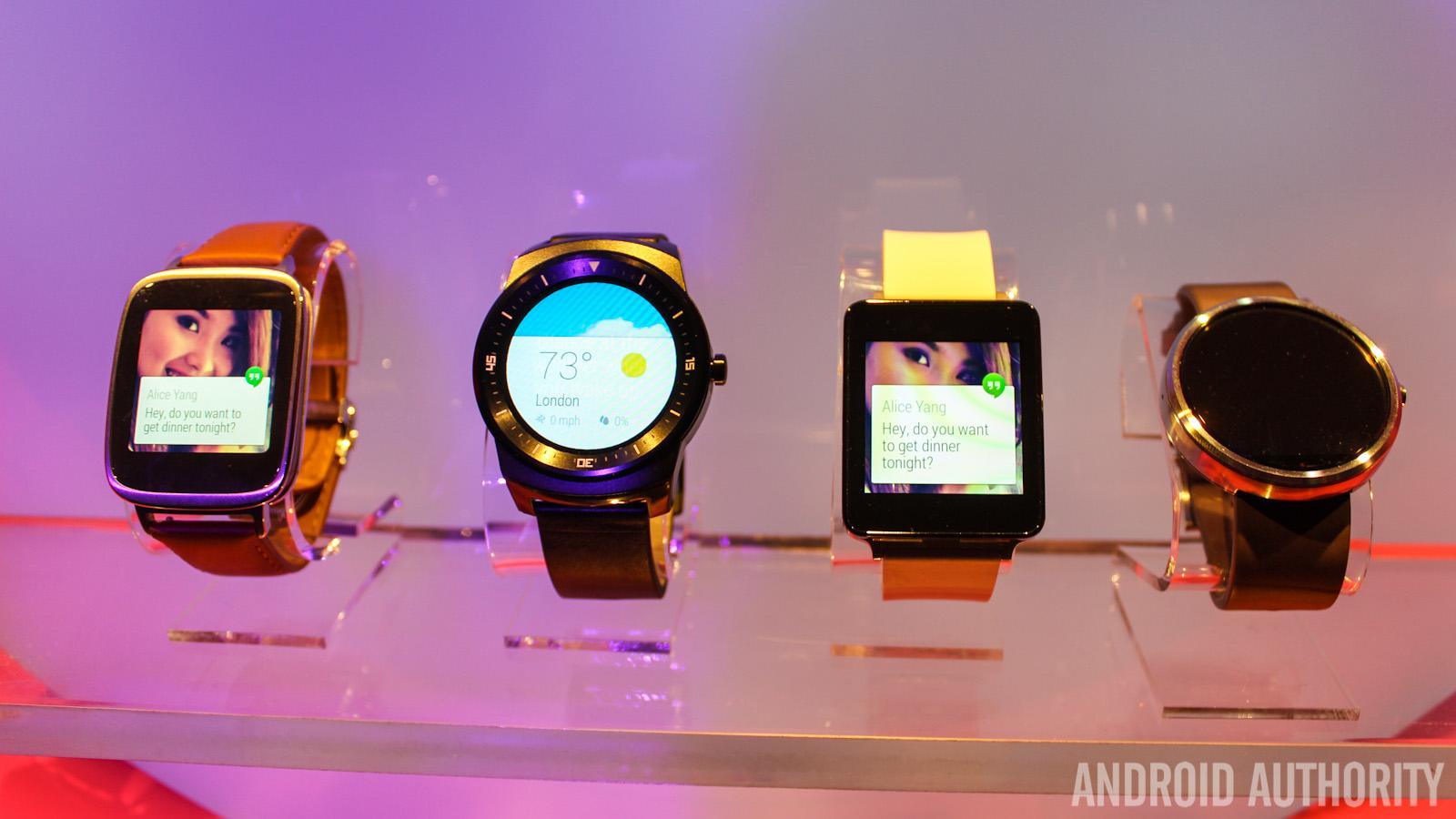Affiliate links on Android Authority may earn us a commission. Learn more.
Will AI assistants spark renewed interest in wearables?
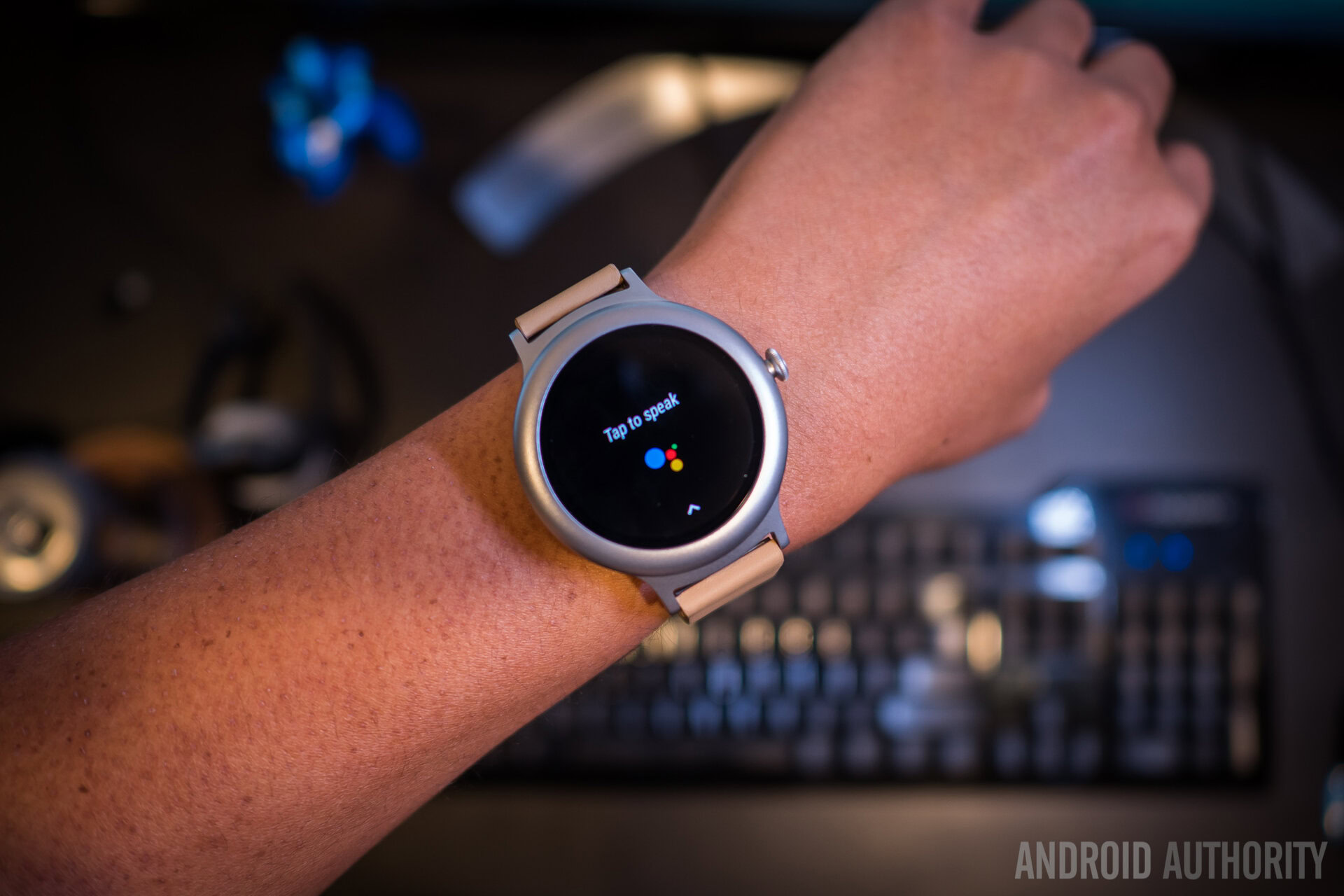
Wearables appeared to have so much potential, especially when smartwatches first hit the scene: I mean, who wouldn’t want a tiny touchscreen right on your wrist for fitness, smartphone notifications, and even calling? It’s just like a sci-fi movie except in real life. Well, unfortunately, they never took off for several reasons. However, 2017 may see some interesting changes, according to the latest data: Counterpoint claims that wearables powered by AI will grow 376 percent this year, but the question is “Will this be enough to generate renewed interest in wearables?”
What went wrong?
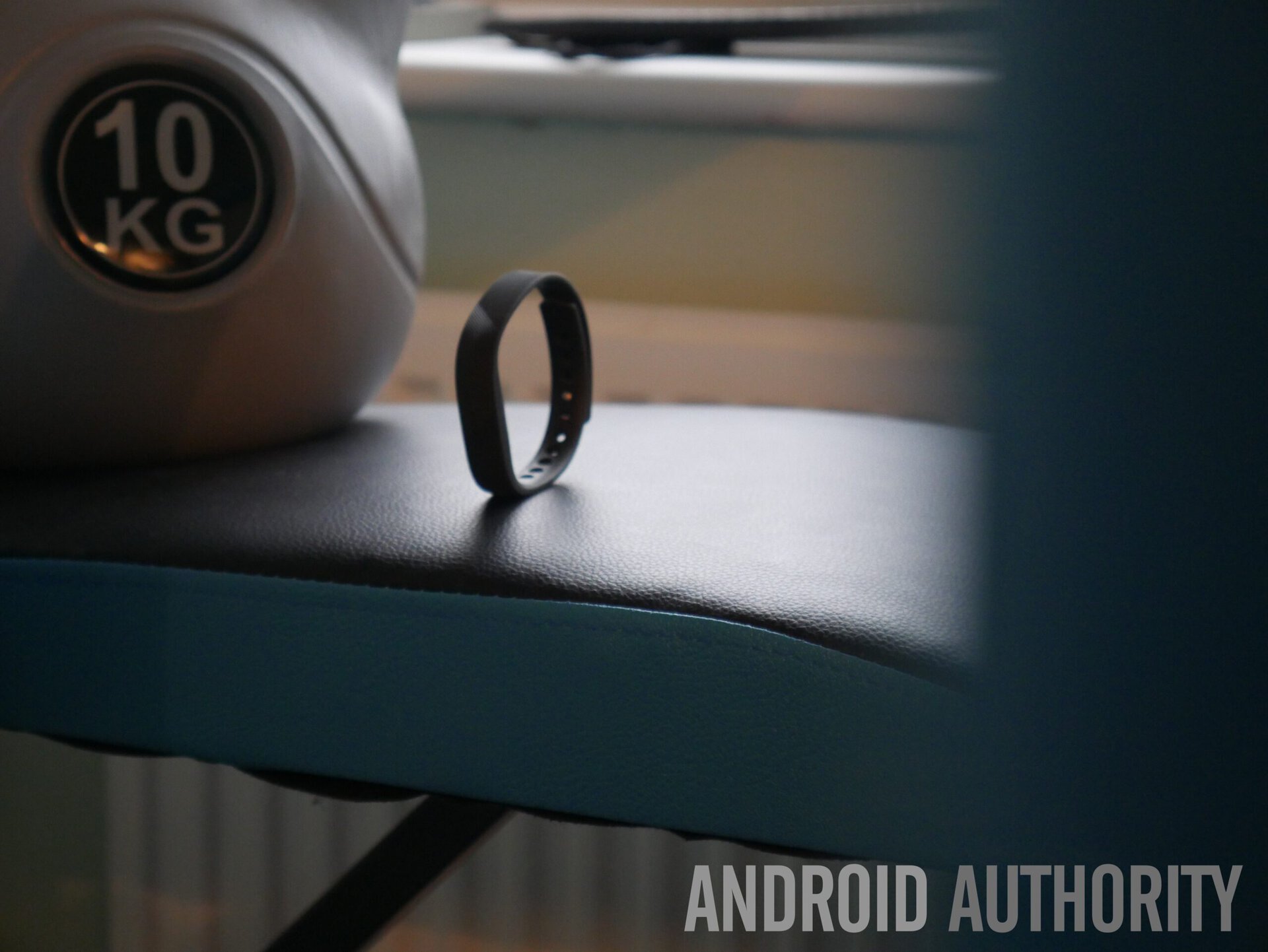
Currently, wearables market is largely divided into two categories: fitness trackers and smartwatches. Not surprisingly, despite Apple Watch’s “success,” fitness trackers still lead the market by a big margin. For instance, according to data released by the IDC, Fitbit led the market in the third quarter of 2016, shipping 5.3 million wearables – all fitness trackers – whereas Apple came in fourth with just 1.1 million devices – all smartwatches.
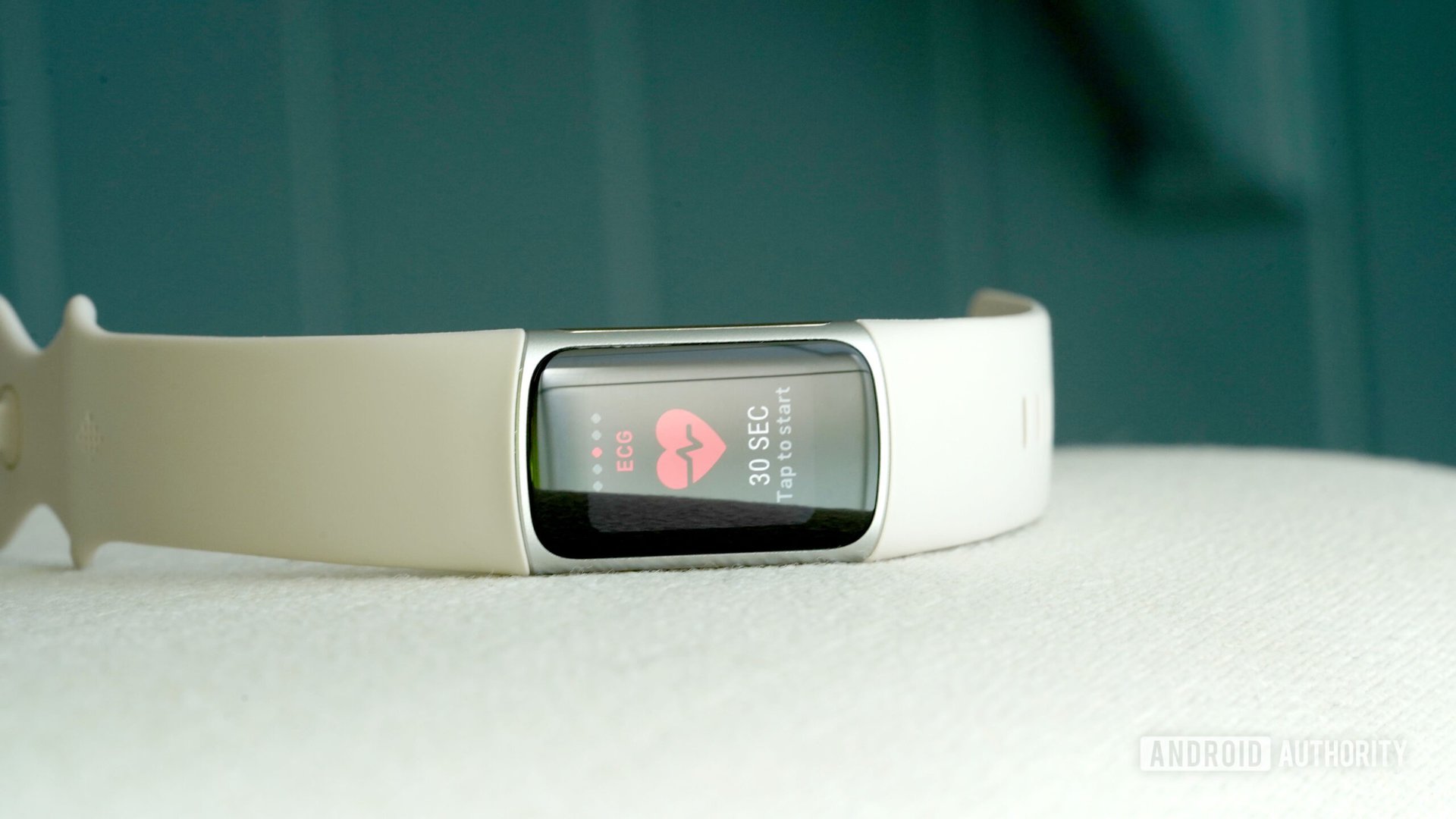
There is an undeniable gap between these two categories, and the reason is simple: fitness trackers are simple to use and serve one purpose, which they usually execute well. Smartwatches, on the other hand, are complicated and overpriced, and at the same time, their practicality is seriously questionable. Consumers struggle to find a reason to buy smartwatches. And when even Fitbit, which seemed like an invincible leader, is hit by the market plateau, it’s much harder to convince people that they need smartwatches in their lives.
That’s precisely why several Android OEMs have either quit the market altogether or are being extremely cautious about releasing more smartwatches. But things may be changing soon.
Wearables with AI are coming
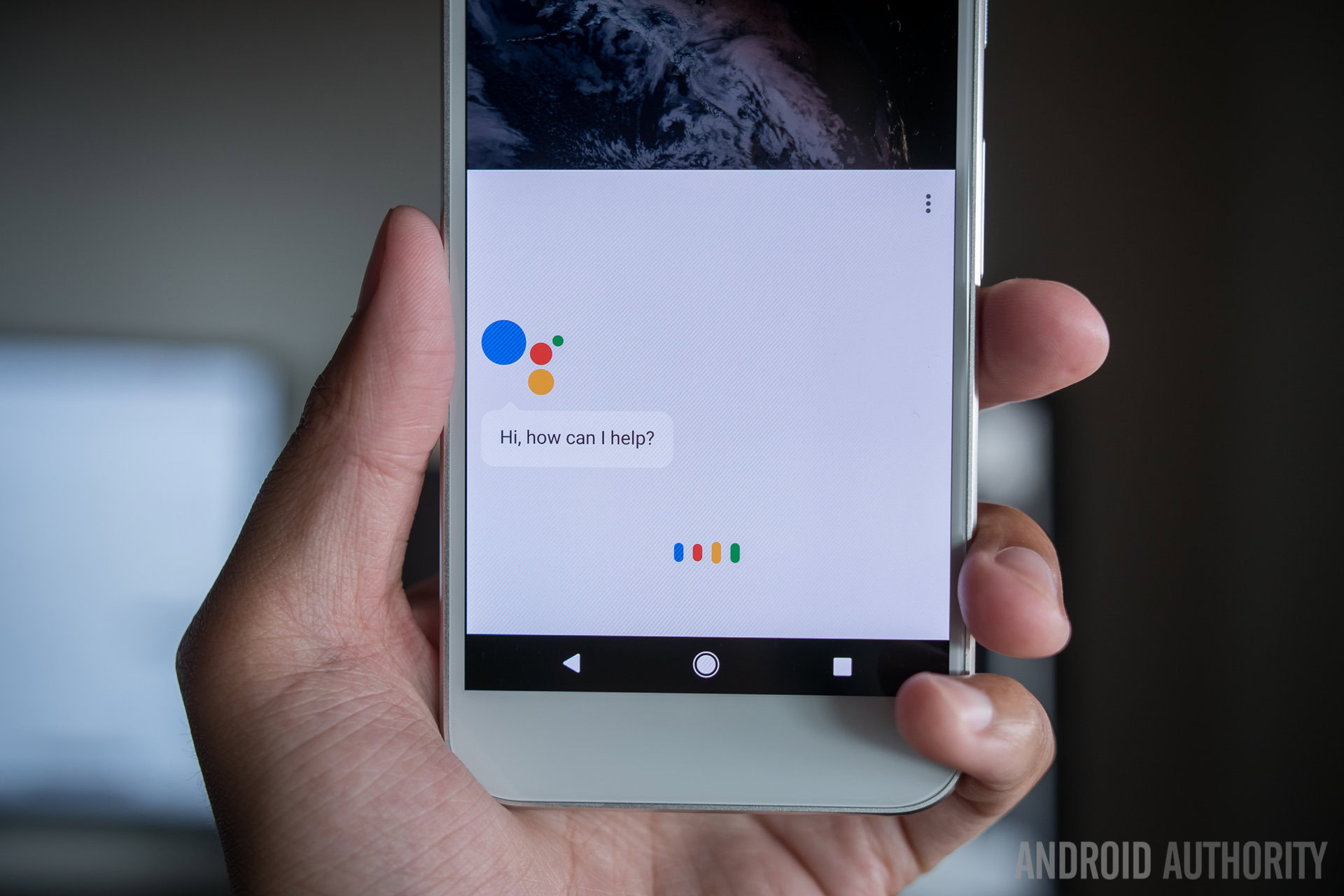
With the launch of Android Wear 2.0, Google added an important feature to its wearable OS: Google Assistant. The search giant’s virtual assistant already lives in its Pixel phones and Google Home. It’s smart, and most of all, it’s useful. The Apple Watch may have Siri on board already, but with the introduction of non-Apple wearables with a sophisticated AI integration – including those with Google Assistant – the market may see a shift.
Counterpoint predicts that AI powered wearables will grow a whopping 376 percent this year to reach 60 million units.
Now, according to data published by Counterpoint, one in three wearables shipped in 2017 will be AI powered. In fact, it predicts that AI powered wearables will grow a whopping 376 percent this year to reach 60 million units. Considering that we saw 100 million wearables shipped last year, 60 million is a large sum. According to Parv Sharma, Research Associate at Counterpoint, wearables will gain momentum with a “stronger human computer interaction,” and AI “will change how we interact with or use wearables.” But what exactly will become of fitness trackers? Or smartwatches?
The fate of fitness trackers and smartwatches
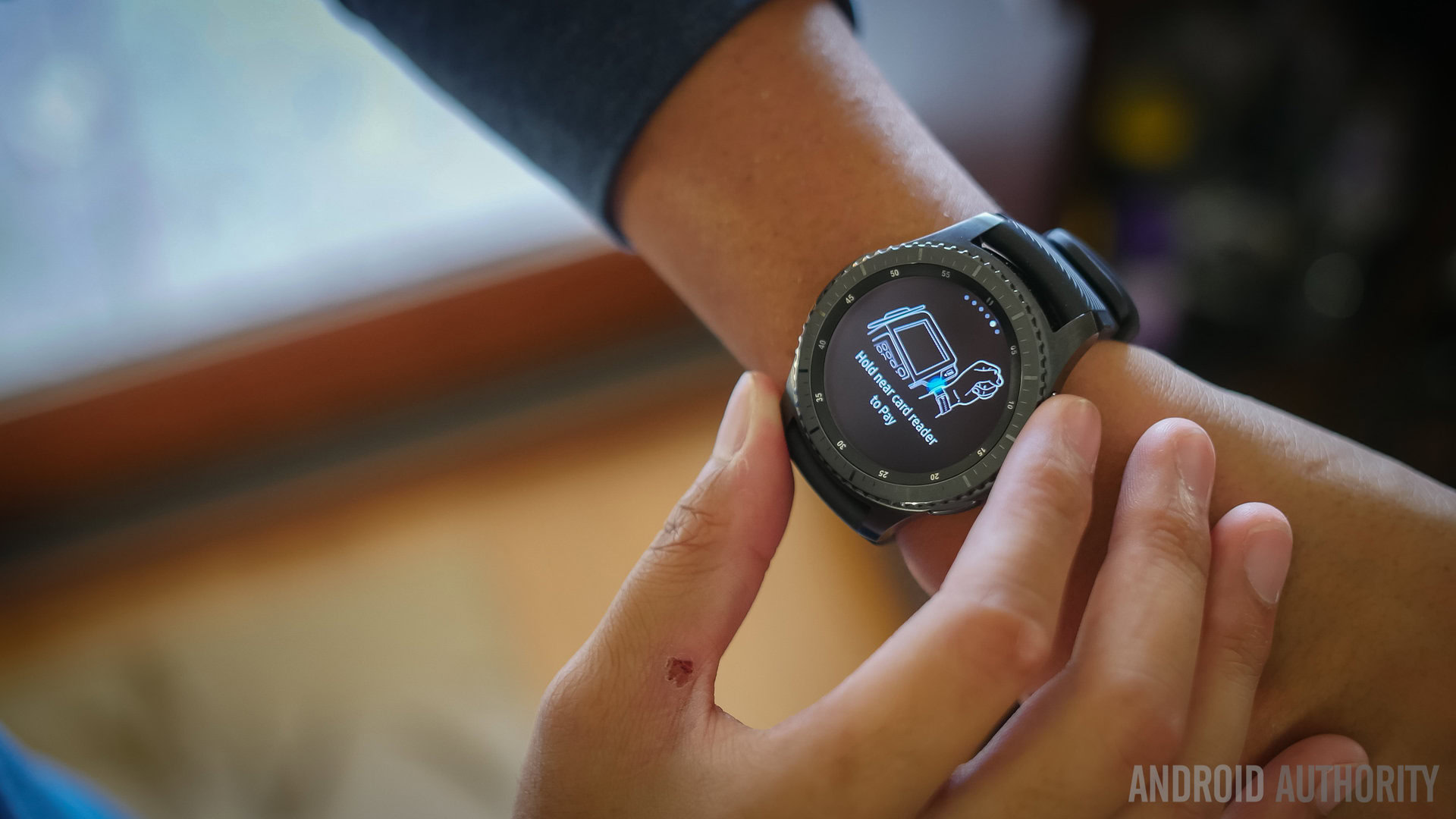
Counterpoint suggests that activity trackers with AI will grow 545 percent in 2017 but will only account for 4 percent of the total AI based wearables market. This is logical, and it’s wise.
Counterpoint suggests that activity trackers with AI will grow 545 percent in 2017 but will only account for 4 percent of the total AI based wearables market. This is logical, and it’s wise. Fitness trackers have been immensely popular precisely for their simplicity: they are designed for exercising, and their primary features are comprised of three or four things such as heart rate monitoring, step counts, and GPS. While AI integration could help given the usual absence of a large touchscreen on fitness trackers, it may ultimately detract from its purpose. Fitness trackers may not be so smart, but they are good at what they do, and the nature of these tasks allows for a longer battery life.
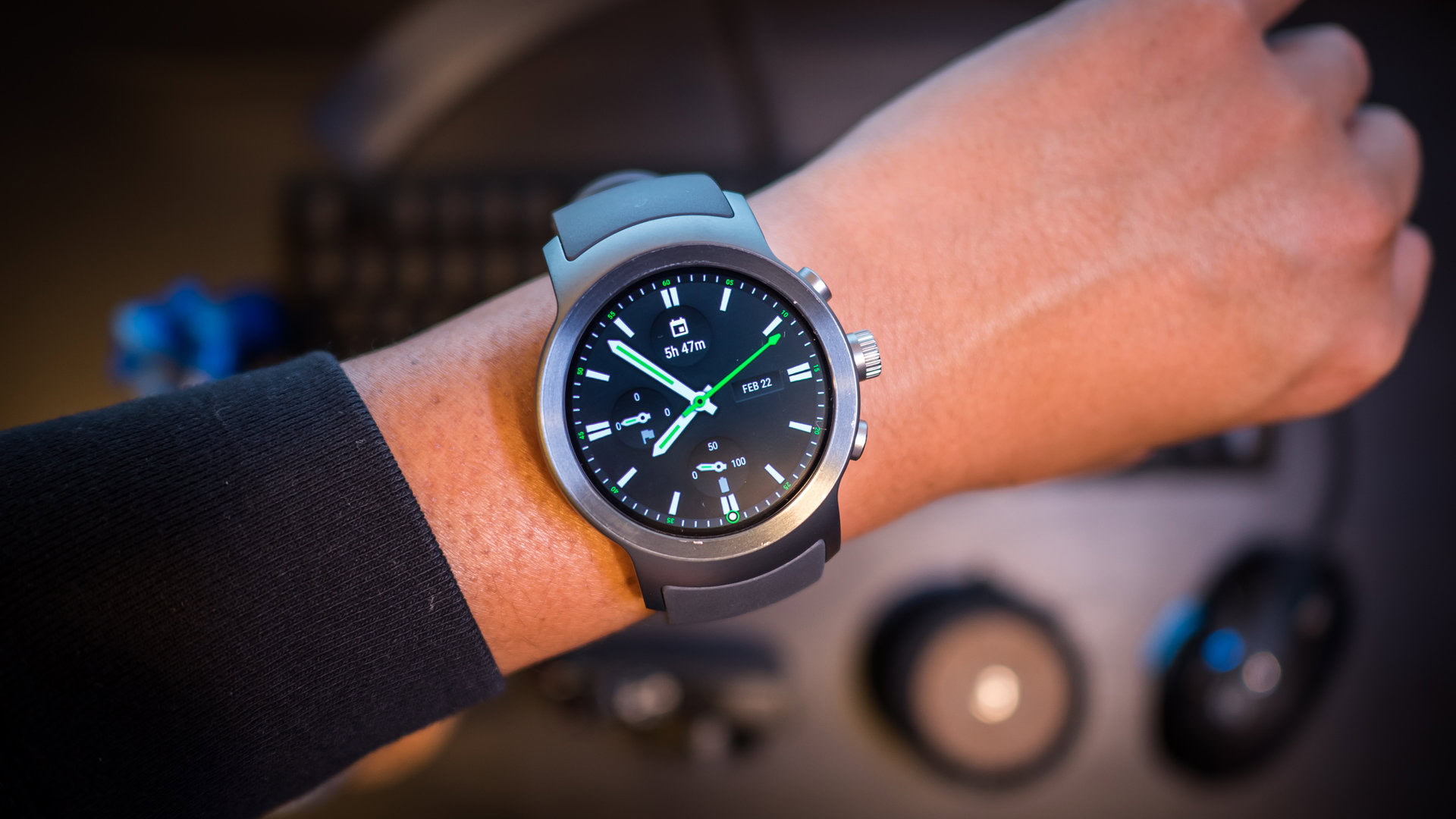
Smartwatches, however, may see some much-needed improvements with the introduction of AI assistants. The same data indicate that smartwatches with AI will contribute to 42 percent of the market. Although we will have to see just how many smartwatch devices will ship in 2017 vis-à-vis last year’s figure, I am not overly optimistic. Virtual assistants like Google Assistant or even Alexa could be extremely useful especially when touch navigation can be frustrating on a small screen. However, the main reasons behind the slowing growth of smartwatches lie within other factors.
Although we will have to see just how many smartwatch devices will ship in 2017 vis-à-vis last year’s figure, I am not overly optimistic.
The first is battery: smartwatches today last a day or two. Three or four if you’re lucky. That is with Always On Display off. Though charging smartwatch is very straightforward, doing it once every two days can become a nuisance. The second is a lack of apps: Android Wear 2.0 brings quite a few standalone watch apps, but when you have a smartphone, why rely on a 1-inch screen? Even with the innovative wheel navigation on the Gear S3, I struggled to motivate myself to use my smartwatch beyond simply checking the time. $400 is a lot for just checking the time. Speaking of which, the final factor is the price: although we do have beautiful and affordable smartwatches like the ZenWatch 3, the truth is, compared to the price of fitness trackers or even other luxury-brand watches, smartwatches are simply way too expensive. With prices approaching $400 to $500, you might as well buy a brand-new smartphone.
The bottom line is this: despite the arrival of virtual assistants on our wrists, people aren’t likely to see that as enough of an incentive to buy a smartwatch.
Hearables may be the next big thing
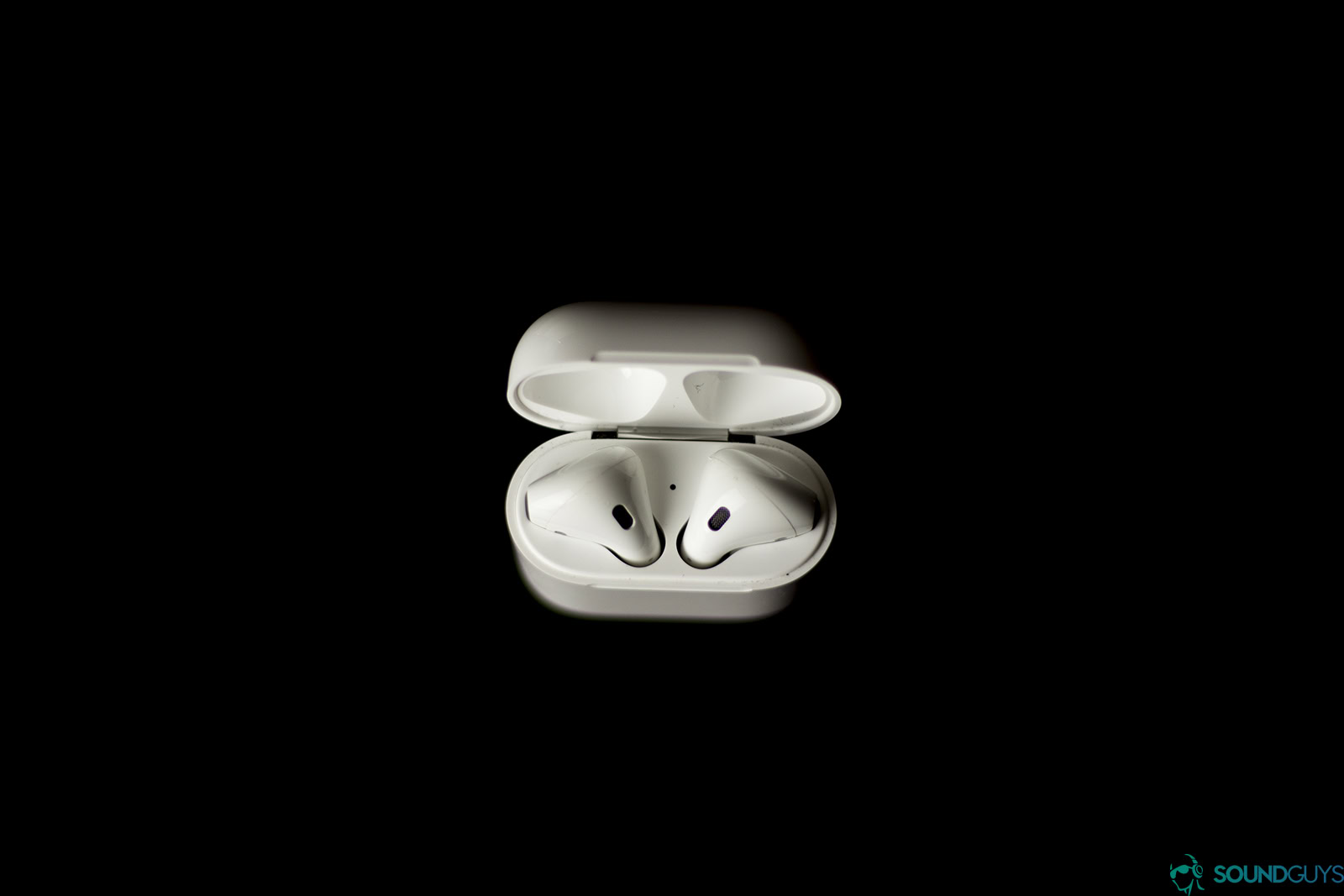
The most interesting aspect about Counterpoint’s data is that smartwatches aren’t going to be the leading segment within AI powered wearables. The company predicts that in fact, hearables will grow 2,500 percent annually and account for 50 percent of all AI powered wearables in 2017. This makes hearables the fastest growing category, and although I’m not inclined to agree with the percentage, I personally agree that hearables will indeed become the fastest growing segment.
The company predicts that in fact, hearables will grow 2,500 percent annually and account for 50 percent of all AI powered wearables in 2017.
Hearables are currently extremely limited to few products: most notable being the Apple AirPods, which uses the good ole Siri. You can open music apps, control the volume, send texts, search something, and much more simply by double-tapping on an AirPod. Hearables are essentially mini Amazon Echos or Google Homes, right inside your ears.
Read and watch: Apple AirPods review (SoundGuys)
Hearables solve many of the issues that smartwatches present. Their lack of screens means the battery life is more efficient. In fact, AI powered headphones like the AirPods or the newly-announced OnVocal OV headphones with Alexa integration last 5 to 8 hours, which is quite significant considering their size and the usual amount of time people spend with their headphones in. As hearables grow, so will chipsets optimized for them, and it is likely that we will see further improvements. Hearables also work similar to fitness trackers. Their tasks are very specific. Though they may not have standalone apps per se, they are well-integrated into your smartphone, so you can simply ask when the nearest Best Buy closes, and you will get an answer without even having to touch your phone.
Hearables solve many of the issues that smartwatches present.
Perhaps the biggest determinant in terms of whether hearables will succeed is price. Smartwatches and their limited functionality failed to justify their steep price tags; hearables are simpler in what they do and the technology they require. If they are priced right, given the growing trend for manufacturers to forego of the 3.5mm headphone jack, hearables may become the next big thing.
Overall, wearables may not see huge growth this year, but it seems as though there will be significant changes within the category: namely, the rise of hearables as the leading sector in the midst of stagnant growth experienced by smartwatches.
